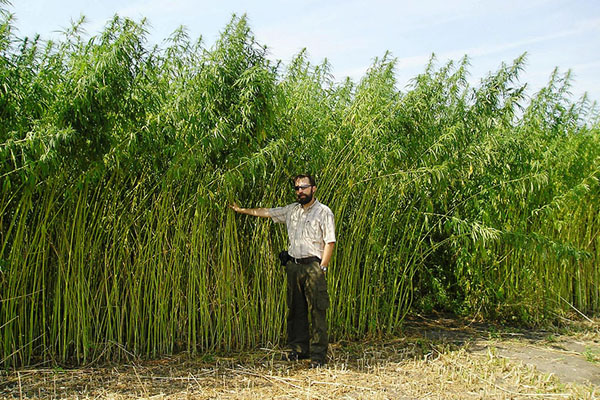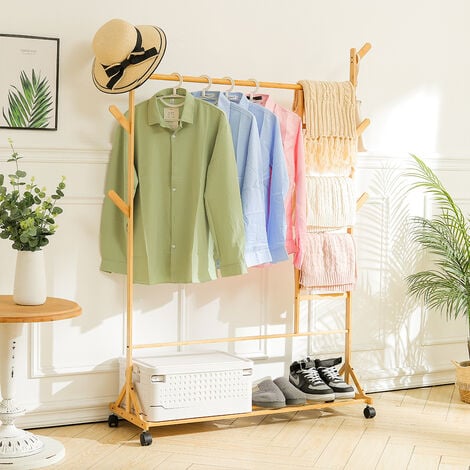Top News On Deciding On Bamboo Clothes
Wiki Article
Why Is Hemp So Sturdy And Stronger, As Well As More Regenerative?
The inherent properties of hemp in addition to the way it's grown, make it more biodegradable and long-lasting than cotton. Here's why- Biodegradability-
Natural Fibers - Hemp is an organic fiber derived from plants is biodegradable. Clothing and textiles from hemp naturally decompose when discarded. They return to the earth, without leaving long-lasting residue. This is in contrast to synthetic fibers such as polyester, which take hundreds of years to decay.
Hemp textiles are free of synthetic additives and chemical treatments that can slow biodegradability. However, certain cotton textiles can be treated with synthetic chemicals, for example specific dyes or finishes which could slow down the biodegradation process.
Durability-
Hemp is well-known for its durability and strength. Hemp clothes are less prone than cotton clothes to wear out, which means it lasts longer. This means that hemp clothes can last longer before it begins to show signs of wear and wear and tear.
Hemp fabrics have a lower tendency to pill (the formation of a small, fuzzy ball on the surface of the fabric) than cotton. This helps to prolong the life of their fabric as well as its overall quality.
Regenerative Agriculture-
Soil Health - Hemp cultivation can be regenerative if it is done in a sustainable manner. Hemp's deep roots prevent soil compaction and erosion and may enhance soil health by the aeration process and increased microbial activity. This regenerative aspect will make the soil suitable for future cropping.
Low environmental impact - Sustainable hemp cultivating methods involve the use of only a few pesticides. Contrary to traditional cotton farming, its use of synthetic chemicals can result in soil degradation and water pollution.
Water Efficiency-
Low Water Requirements Hemp generally requires less water than cotton development. Hemp's drought-resistant properties permit it to flourish in areas with limited rainfall or irrigation. It is a more efficient choice for water, particularly in regions with limited water resources.
Hemp is an excellent crop to be included in rotational systems. This can help improve the health of soil as well as decrease the likelihood of disease development and soil depletion. In the cotton industry the practice of rotation is not as common.
Hemp has a great deal of flexibility. It is able to create a variety of products like paper, clothing construction materials, textiles. Hemp is a versatile crop that can be utilized to aid a wide range of industries using sustainable and regenerative methods.
Although hemp has numerous advantages however, it is crucial to remember that cotton and hemp can both be made in a sustainable or non-sustainable way, depending on processes and methods used to grow them. It is best to choose hemp products that are produced using eco-friendly and ethical methods. This will increase the environmental benefits of hemp. Similar to that selecting organic cotton products can help alleviate some environmental issues associated with traditional cotton production. Have a look at the top rated hemp clothing for blog info including hemp t shirt mens, organic hemp underwear, hemp pants mens, hemp tee shirts, patagonia iron forge pants, hemp active wear, hoodlamb coat, hemp apparel wholesale, patagonia hemp island pants, hemp sweatshirt and more.

What's The Secret To Hemp's Thermoregulating, Moisture-Wicking And Breathable Characteristics?
Hemp fibers possess distinct chemical and structural characteristics that make them breathable moisture-wicking and thermoregulatory. These properties are due to the following elements. Microstructure- Hemp fibres have a hollow, porous structure which allows air to circulate within the fibers. This porosity make them extremely breathable. When knitted or woven into fabric, the structure allows air to flow freely and promotes ventilation while preventing the accumulation of moisture and heat onto the skin.
Hemp fibers absorb moisture and wick away. Hemp is hydrophilic which implies it has an incredibly strong affinity to water. Wearing hemp clothes can aid in absorbing sweat and moisture, which can prevent the feeling of being wet. Furthermore, hemp fibers can be effective in dispersing moisture and spreading it over a larger surface of the fabric, where it is able to evaporate faster. The properties of hemp that wick moisture away keep you dry and comfortable while doing exercise or during hot conditions.
Hemp fibres possess natural insulation properties. They can trap warmth near to the skin when it's cold. When it is hot, they allow the heat and moisture to escape. This aids in cooling the body. This inherent thermoregulatory ability makes hemp clothing suitable for a variety of temperatures and types of activities.
Antimicrobial properties- Hemp fibers have natural antimicrobial qualities that aid in preventing the growth of bacteria that cause odor. This is a factor in the freshness and odor-resistant properties of hemp clothing, even during periods of physical activity.
Durable and long-lasting- Hemp fibers are tough and durable, which means hemp clothing can withstand frequent washing and wear without losing its flexibility or ability to wick moisture away. The long-lasting properties of hemp clothing extends its life span, decreasing the requirement to replace it and reducing the environmental impact.
UV Protection from UV Hemp Fibers provide natural UV protection for skin to protect it from harmful UV radiation. The ability of hemp clothing to block UV radiation is ideal for outdoor activities.
It is crucial to understand that these characteristics are present in hemp fibers. They do not depend on chemical treatment or other additives. Hemp has inherent qualities that make it a comfortable and sustainable choice for clothing. Furthermore, these characteristics are preserved even as hemp fibers are processed and woven into fabric which makes them highly desirable for environmentally friendly and functional clothes. Take a look at the top rated advice on hemp clothes for website info including patagonia hemp work pants, hemp and cotton fabric, patagonia island hemp pants, hemp pants, mens hemp trousers, jeans hemp, hemp shorts mens, hemp underwear, hemp apparel, hemp clothing near me and more.

What is the difference between hemp fiber and bamboo fiber?
Bamboo and hemp are plant-based fibers that are utilized to make textiles. Each has distinct properties and characteristics. Below are the key differences between hemp and bamboo fibers. Plant Source-
Hemp Fibers- Hemp fibers can be made from hemp stalks, more specifically, the outer bast. Hemp is adaptable, quick-growing and was used in the production of various products for centuries.
Bamboo Fibers of Bamboo are made by the cellulose of bamboo plants. Bamboo is a species of grass with rapid growth and for its capacity to regenerate rapidly.
2. Fiber Characteristics
Hemp- Hemp fibers are recognized for their durability and strength. They are among the strongest natural fibres, and they become softer after each washing. This makes them ideal for textiles that are durable.
Bamboo- Bamboo fibers are exceptionally soft and have a silky texture. Although they may not be as sturdy as hemp fibers, and are more delicate in certain circumstances but their softness on the skin is highly valued.
3. Texture Feel, Look and Texture-
Hemp Fabric Hemp is a material with a texture, and a rougher feel in its initial state. It can be comfortable however it has a different feel compared to bamboo.
Bamboo fabric is smooth and silky. It's extremely soft. The fabric is described as having a silky silky, and cottony texture. It's very comfy.
4. It is vital to breathe, as well as moisture-wicking.
Hemp- Hemp fibres are naturally breathable, moisture-wicking and allow air circulation. They absorb moisture and permit air circulation. They keep you cool and dry during the summer heat.
Bamboo- Bamboo fibers are also highly breathable and moisture-wicking. They're stocked with micro-gaps which enhance their ability in regulating temperatures and humidity.
5. Environmental Impact-
Hemp Hemp can be considered an environmentally friendly fiber due to of its fast increase in growth, its low requirements for water, and its resistance against pests. These attributes reduce the use of herbicides or pesticides. Hemp is also able to capture carbon in its growing process.
Bamboo is known as an environmentally friendly material. It grows fast, requires little water, and doesn't require synthetic pesticides. Some bamboos are considered sustainable, such as Moso bamboo.
6. Processing-
Hemp Fibers Hemp fibers undergo a lot of processing that is needed to separate the outer bast from the wood core. The process may require decortication, retting and mechanical separation.
Bamboo The bamboo fibers are usually produced through a chemical procedure called the rayon or viscose process. Bamboo pulp is degraded using chemicals. This process could be harmful for the environment if it is not properly handled. However, some bamboo textiles use closed loop methods that help reduce the amount of chemical waste.
7. Versatility-
Hemp Fibers- Hemp fibers can be used for a range of uses, including textiles, clothing papers, and construction materials.
Bamboo- Bamboo fibres are used predominantly in clothing and textiles however they can be found in other products like bedding, towels and even towels.
Both hemp and bamboo have unique properties and offer sustainability benefits. Your decision will depend on your personal preferences regarding the environment, and also what you want in terms of particular properties and qualities. Read the top rated bamboo clothes for more info including bamboo boxer shorts, bamboo top, halloween bamboo pajamas, bamboo baby clothes, bamboo sun hoody, cheapest bamboo pajamas, yala pajamas, bamboo t shirts wholesale, bamboo boxer shorts for men, bamboo activewear and more.
